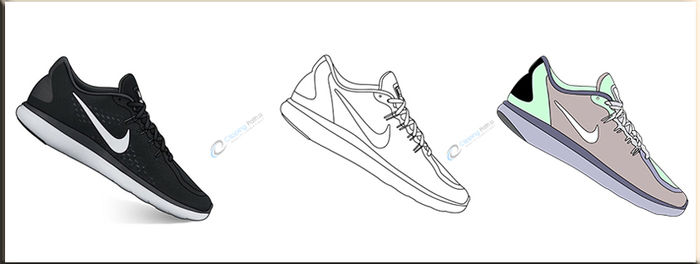

Search Preferences and set up Affinity Publisher to your taste. Tweak UI tool size and choose monochrome or coloured buttons. Create and save Studio panel (and toolbar) presets. To rasterize an object and trim off-canvas content: On the Layers panel, -click a layer and select Rasterize & Trim. Partly off-canvas objects will not be trimmed with this operation if completely off canvas, the object will be kept. Reorganise on-screen panels, float or dock as preferred. On the Layers panel, -click a layer and select Rasterize. The cookie is set by the GDPR Cookie Consent plugin and is used to store whether or not user has consented to the use of cookies. Create your own toolbars and toolbar layouts. The cookie is used to store the user consent for the cookies in the category "Performance".

This cookie is set by GDPR Cookie Consent plugin. This is because 72 is the native dpi that Illustrator operates in. In the export menu, make sure to choose 72 from the Raster DPI dropdown.
Affinity publisher convert raster to vector pdf#
Use the presets depicted above when exporting your PDF document. To do this, navigate to File > Export and choose PDF from the export menu. The cookie is used to store the user consent for the cookies in the category "Other. To save as AI with Affinity Designer, we first have to save our work as a PDF file using the Export menu. This cookie is set by GDPR Cookie Consent plugin. From vector to raster, Adobe Creative Cloud to PowerPoint, sleek minimal icons to decorative flowers to textures for any application, the Shutterstock blog. The cookies is used to store the user consent for the cookies in the category "Necessary". The cookie is set by GDPR cookie consent to record the user consent for the cookies in the category "Functional". The cookie is used to store the user consent for the cookies in the category "Analytics". These cookies ensure basic functionalities and security features of the website, anonymously. With accuracy, quality and speed at the heart of every.

It intuitively combines rock solid and crisp vector art with flexible layer management and an impressive range of high quality raster tools for finishing. Remember the Z-order mention previously? This is used to control reordering and clipping objects by drag and drop in your layers stack ( Layers Panel).Necessary cookies are absolutely essential for the website to function properly. Affinity Designer is an incredibly accurate vector illustrator that feels fast and at home in the hands of creative professionals. In fact the opposite is true-the clipped object can be repositioned, scaled or deleted at any point in the future.Īll Affinity apps support clipping, but due to the different characteristics and functionality available in each app, the technique may be used differently to achieve different results. Non-destructive by nature-initially, the term clipping may sound destructive.Restricts editing to a specific object or layer.

Brings together differently shapes to form a new shape (without affecting the original shapes).So where does clipping come in? Instead of the above Z-order being used, objects can be made to show inside a targeted ‘parent’ object areas of the bottom ‘child’ object which lie outside the parent object’s outline are hidden, i.e. If objects overlap other objects, then they obscure those from view objects that aren’t overlapped will always be displayed. The top-most object being the nearest to you as you view your screen the bottom-most object being the furthest back in your document. If you’re familiar with a layered stack of objects, as you’d see in a Layers Panel, objects typically stack on top of each other. Andy explores the basics of clipping and the different ways it is used in Affinity Designer, Photo and Publisher.Ĭlipping is an operation you can perform in Affinity that lets you restrict the visibility of an object/layer to another object/layer. Clipping is a fundamental design technique in Affinity apps.


 0 kommentar(er)
0 kommentar(er)
